Visit The Mesmerizing Vipava Valley, The Treasure of Slovenia
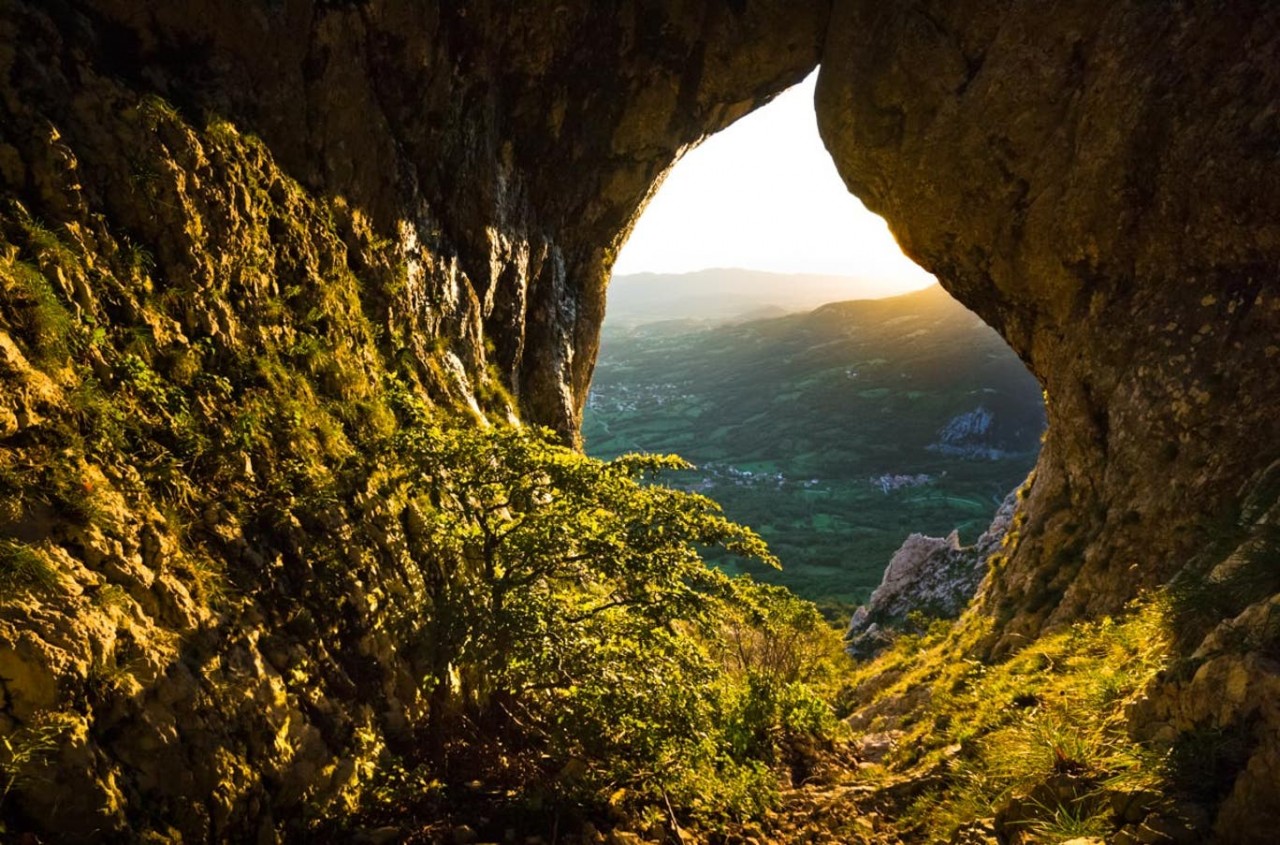 |
| Photo: Independent UK |
Below the high Karst plateaus lies the Vipava Valley, the beauty caught between the Alpine, Karst and the Mediterranean world, which basks in the sun. This is where the fine tastes of special wines mature, where the luscious smell of the maturing fruit spreads and where picturesque villages shimmer among the green hills. When the bora wind blows in the valley, it is wise to find shelter in one of the numerous wine cellars and taste the delicacies produced by the Vipava soil. And when the sun caresses the landscape again, it is time to wander – on foot or by bicycle, any time of the year.
This lusciously fertile region that stretches west to the Italian border has a magical combination of exceptionally fine wine and food, dramatic karst landscapes and medieval castles towering over pretty villages.
It even has its own microclimate -- a little taste of the Mediterranean wedged between limestone mountains. It's a place made for outdoor adventures -- on foot, on two wheels or on a paraglider floating above the valley, according to CNN.
The history of Vipava Valley
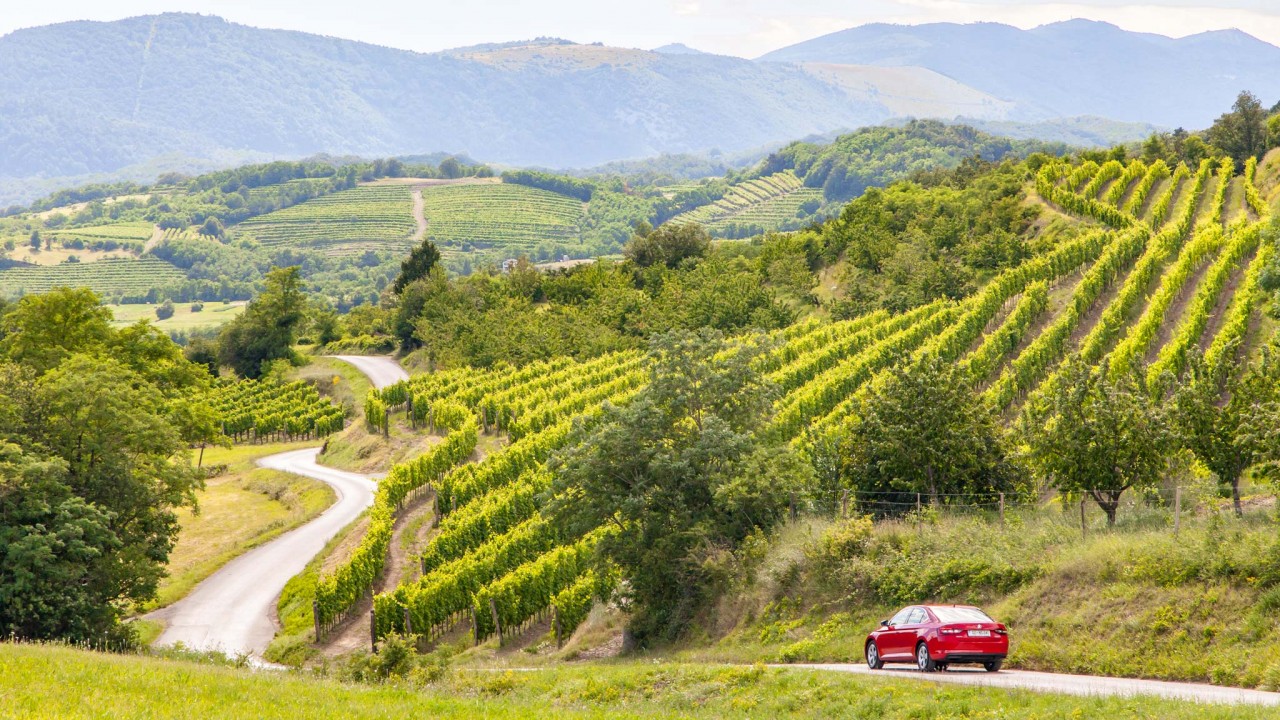 |
| Photo: Dan Flying Solo |
About 8000 BC the Vipava Valley was colonized by Illyrians, Iberians, and Ligures as well as later immigrated Celts and Etruscans (which thereafter became the Rhaetian people).
In Roman Times the valley of the fluvius frigidus (literally, 'cold river', today the Vipava) became part of the Roman X Regio Augustea – ‘Venetia et Histria'. The inhabitants had Latin Rights until Lucius Julius Caesar's expansion of the Roman mainland to the Alps they received Roman citizenship by the Lex Julia in 90 BC. In 14 AD the Via Gemina was built by the legio XIII Gemina, which followed the Vipava Valley between the mouth of the river Vipava into the Soča at Pons Sonti (Gradisca d'Isonzo) and the later town Vipava. At the confluence with the Hubelj River, the Castra ad Fluvium Frigidum was built as integral part of the Claustra Alpium Iuliarum, an ancient Roman defensive system of walls and towers stretching from the Gail Valley (now Carinthia, Austria) to the Učka mountain range (now Croatia). The Battle of Frigidus between the army of Eastern Emperor Theodosius I and the army of the Western Roman ruler Eugenius took place in this region in 394.
In Medieval Times, the upper eastern part of the valley, including the town of Vipava and half of the town of Ajdovščina, used to belong to the Duchy of Carniola (specifically, to Inner Carniola), while the lower western part was incorporated in the County of Gorizia and Gradisca and thus to the Austrian Littoral. Today, the inhabitants mostly feel part of the Goriška region of the Slovenian Littoral, and the Carniolan identity has almost completely disappeared.
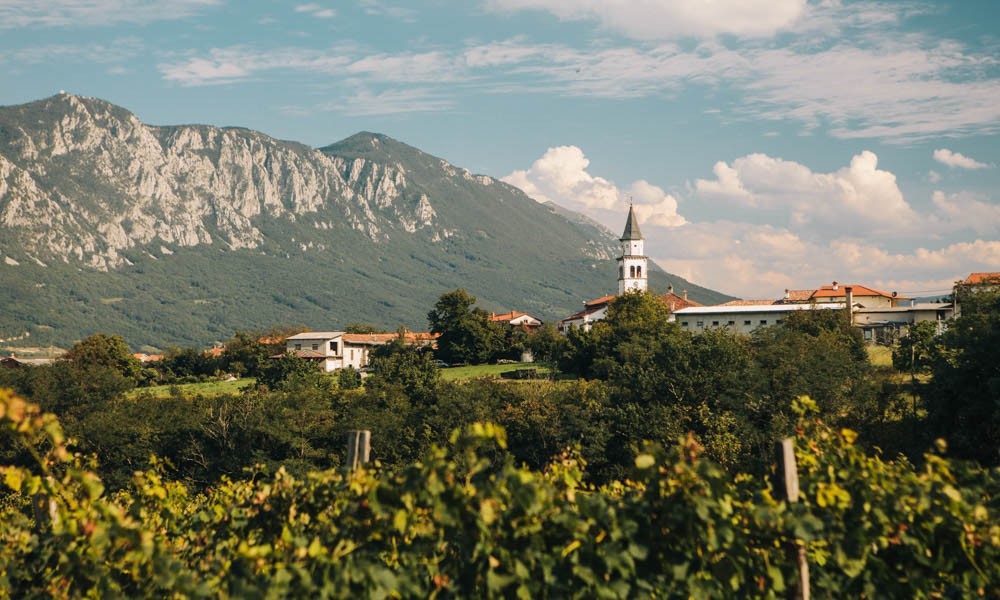 |
| Photo: Bridges and Balloons |
After World War I and the breakup of the Austro-Hungarian Empire, the entire valley was occupied by the Italian Army, annexed to the Kingdom of Italy, and incorporated into the newly established Province of Gorizia. During the Fascist period (1922–1943), the people of the valley were subjected to a policy of violent Fascist Italianization, which triggered local resistance, both peaceful and violent (with the insurgent group TIGR). After 1941, the upper part of the valley became one of the first centers of Partisan resistance in Italy. Nazi Germany occupied the valley in September 1943, and the fighting between the Slovene Communist-led resistance and the Nazis continued until the end of the Second World War. In May 1945, Partisan forces liberated the area. In June 1945, the Morgan Line was established, dividing the Yugoslav occupation zone to the east and the Allied one to the west: the border ran through the middle of the valley, around the village of Branik. In September 1947, the entire valley was transferred to Yugoslavia, with the sole exception of the village of Savogna d'Isonzo (Slovene: Sovodnje), which remained in Italy. During Slovenia's Ten-Day War for independence, the valley was the theater of fighting between the Yugoslav People's Army and the Slovenian military, which involved local inhabitants who spontaneously aided the Slovenian forces by putting up improvised roadblocks preventing the advance of Yugoslav federal troops.
Prominent people who were born or lived in the region include the painters Zoran Mušič and Veno Pilon, the poets Stanko Vuk, Simon Gregorčič, Nevin Birsa, and Josip Murn, the diplomat and writer Sigismund von Herberstein, the historian Martin Baučer, the preachers Sebastijan Krelj and Tobia Lionelli, the composer of the music for the Slovenian national anthem Stanko Premrl, the Partisan hero Janko Premrl, the author Danilo Lokar, the literary historian Avgust Žigon, and the designer Oskar Kogoj.
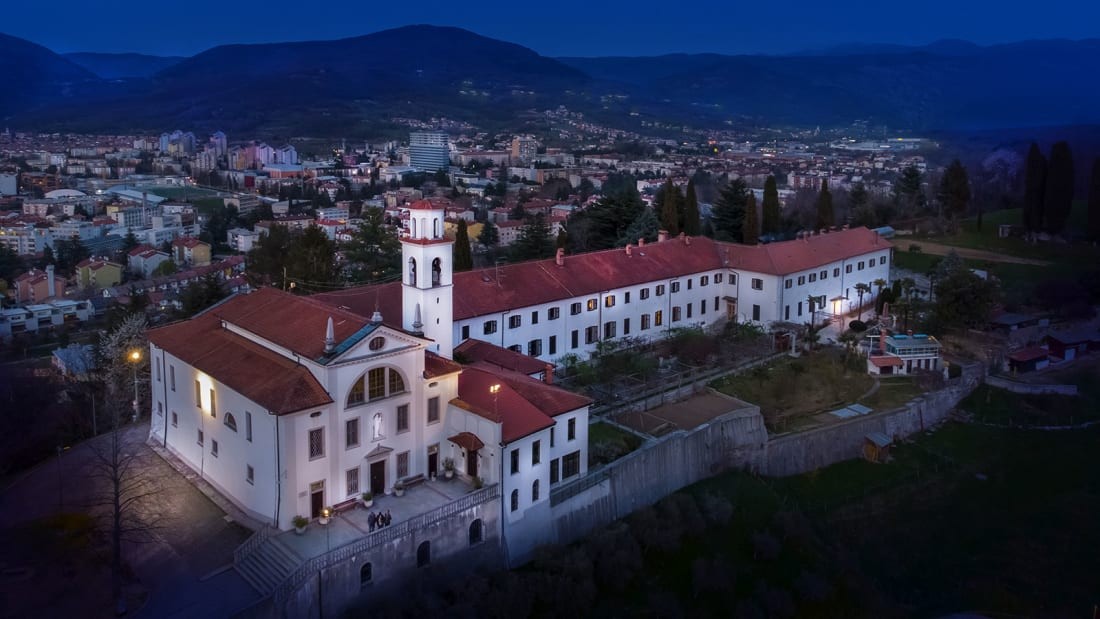 |
| Courtesy Matjaž Prešeren / Vipavska Dolina |
The wealth of wine varieties
The Vipava Valley has always been known as a wine-growing region. For centuries wine growing has been deep-rooted in this tiny piece of Slovenia and based on tradition, new innovative wine stories emerge which are very successful at international competitions. You will be thrilled about the wealth of the Vipava Valley wine varieties. In addition to numerous well-known wine varieties, you will also encounter special wine varieties – the indigenous Zelen, which is very popular among the locals, Pinela, an old wine variety, which can only be found in the Vipava Valley, Klarnica, a “boutique” wine variety, which has been revived again, and other wine varieties. Visit one of the many wine cellars, wine shops and osmica events in the Vipava Valley and experience the quality of the Vipava wines, enriched by the sun and the bora wind.
From farm to table
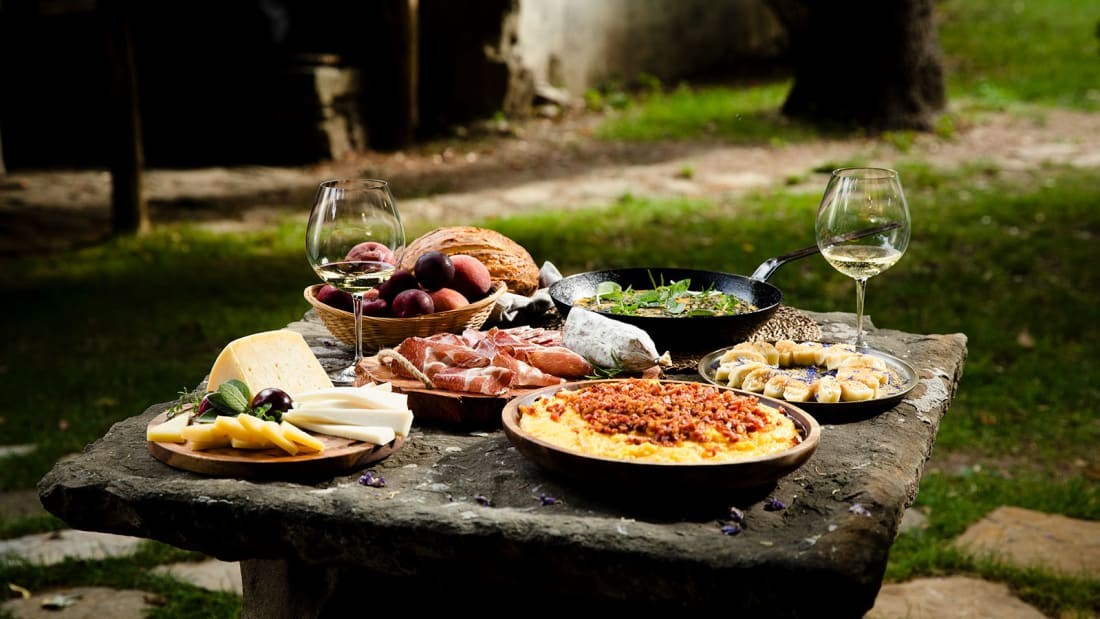 |
| Photo: CNN |
That same burja wind that blows through the vineyards is a big reason why Vipava Valley's air-dried prosciutto is a major rival for its Italian counterpart.
And this mild Mediterranean microclimate means the valley is filled with orchards groaning with apricots, peaches and persimmons.
For food lovers, there's everything from the rustic to the refined -- from home-reared and home-cooked food in agritourism farms to Michelin-starred restaurants.
In fact, two of Slovenia's six Michelin-starred restaurants are in the Vipava Valley: Dam in Nova Gorica and Gostilna Pri Lojzetu set in a beautiful 17th-century Palladian-style building, Dvorec Zemono, near Vipava.
Once or twice a year, many of the local farms and wine cellars throw open their doors for the Slovenian tradition of osmica. Over a period of 10 days, you can sample their wine and homemade produce in a makeshift tavern over the course of a convivial evening, according to CNN.
The Vipava Valley as seen by visitors
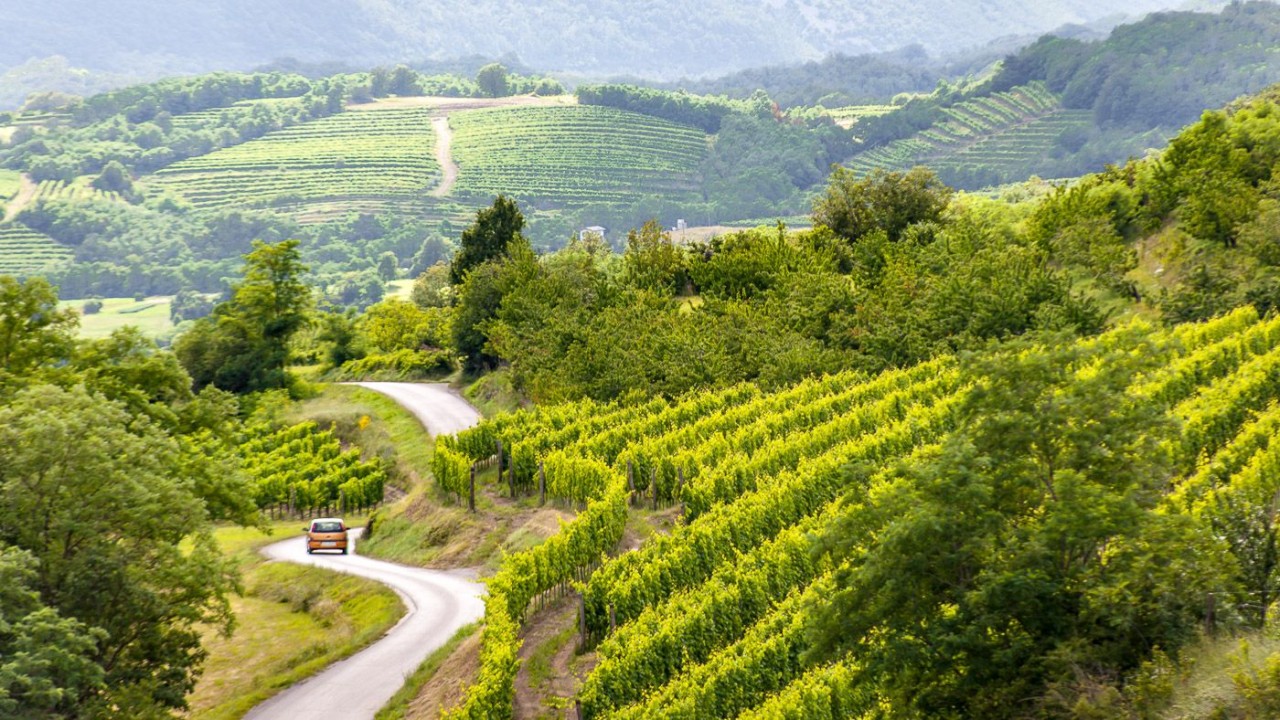 |
| Photo: Pinterest |
The green Vipava Valley will take your breath away in all seasons. The landscape, covered in vineyards and orchards, with views from high karst plateaus, and pleasant little Vipava Valley villages and towns offers countless motifs that will make their way into your heart. The images of the Vipava Valley caught on camera also find their way to social media. See what the Vipava Valley looks like through the eyes of visitors and browse the selection of the best Instagram posts.
The narrow valley of the Vipava River serves as the main passage between the Friulian lowland and central Slovenia, and is thus also an important corridor connecting Northern Italy to Central Europe. It is closed to the north by the high Trnovo Forest Plateau (Slovene: Trnovski gozd), and to the south by the Karst Plateau and the narrow Branica Valley, a geographical sub-unit of the Vipava Valley. It is named after the Vipava River. Its main urban center is Ajdovščina. Administratively, it is subdivided into the municipalities of Ajdovščina, Vipava, Nova Gorica, Renče-Vogrsko, and Miren-Kostanjevica. The municipality of Savogna d'Isonzo in the Province of Gorizia (Italy) is also located in the valley.
The Vipava Valley comprises five microregions:
The Lower Vipava Valley with the Gorizia plain (Slovene: Spodnja Vipavska dolina z Goriško ravnino)
The Central Vipava Valley (Srednja Vipavska dolina)
The Upper Vipava Valley (Zgornja Vipavska dolina)
The Vipava Hills (Vipavska brda)
The Branica Valley (Braniška dolina)
The region has a relatively mild, sub-Mediterranean climate. It is constantly influenced by the warm and humid southwestern wind and by the cold and gusty northeastern bora (burja) wind, especially in the cold half of the year. Its gusts can reach speeds over 200 kilometers per hour (120 mph), hinder traffic, and damage trees and buildings. In some areas, trees grow aslant with asymmetric crowns.
 | Norway: Top 10 Tourist Destinations That You Can Not Miss Majestic mountains, peaceful towns, long and challenging hiking routes, Norway is considered an ideal tourist destination for adventurers, aspiring photographers, and people who are seeking ... |
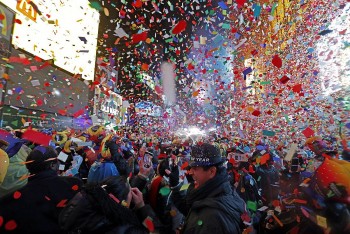 | Best Places To Go For A New Year’s Eve In The United States New Year's Eve is only several hours away, and it is time to pack your suitcase, plan your trip and enjoy your holiday at one ... |
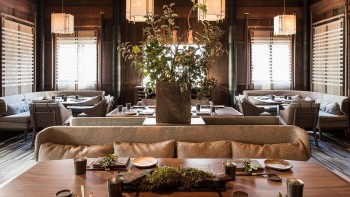 | The Gold List of Hotels in US for 2022 The top US hotels in 2022 that recently went through an upgrade - by the bay, in the city and out in the wilderness. |
Recommended
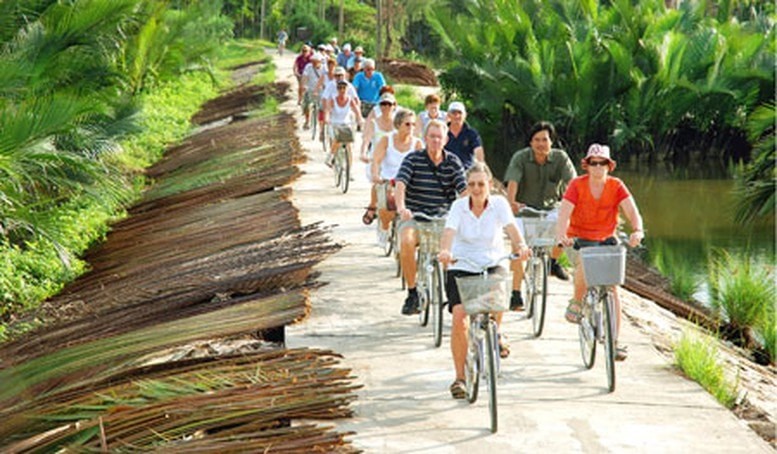 Travel
Travel
Vietnam Tourism Sets New Record with Over 19 Million International Arrivals
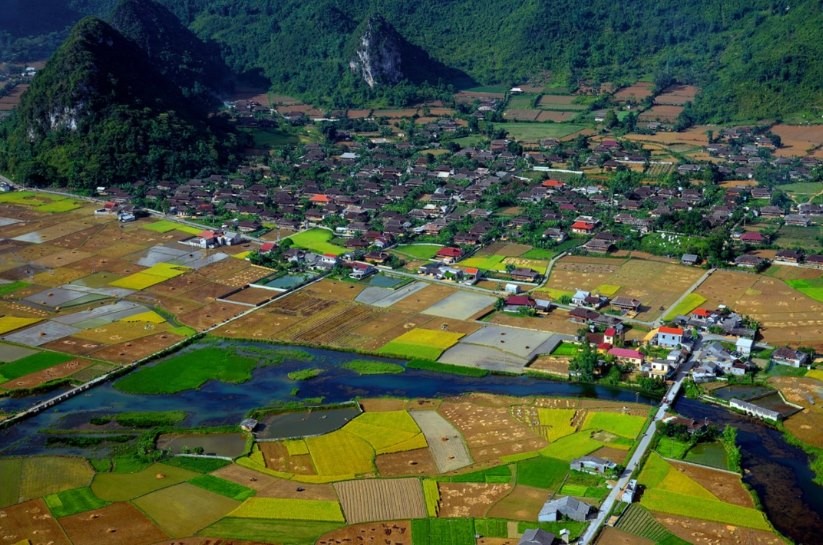 Travel
Travel
GMS International Conference with Focus on Sustainable Tourism Development
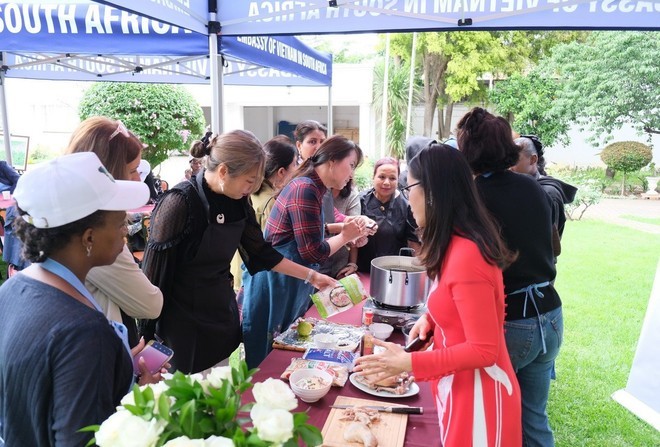 Travel
Travel
International Visitors in South Africa Experience Vietnamese Cuisine
 Travel
Travel
Visitors to Explore Ancient Conifer Forest at Phong Nha-Ke Bang for First Time
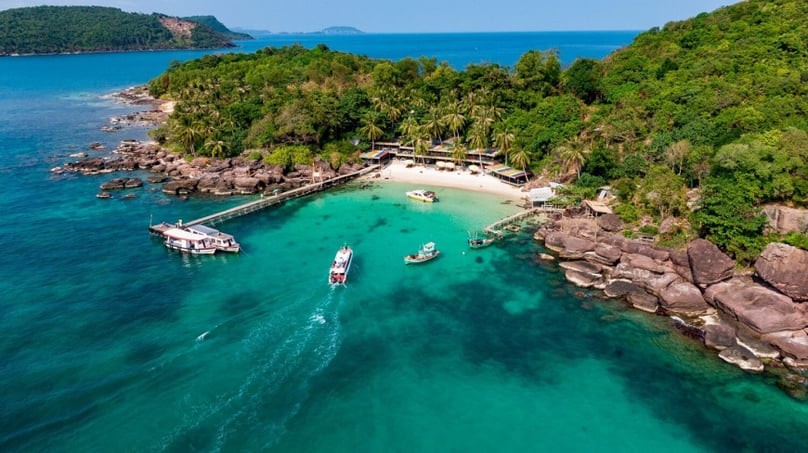 Travel
Travel
Phu Quoc - Top Choice for Eastern European Tourists Visiting Vietnam
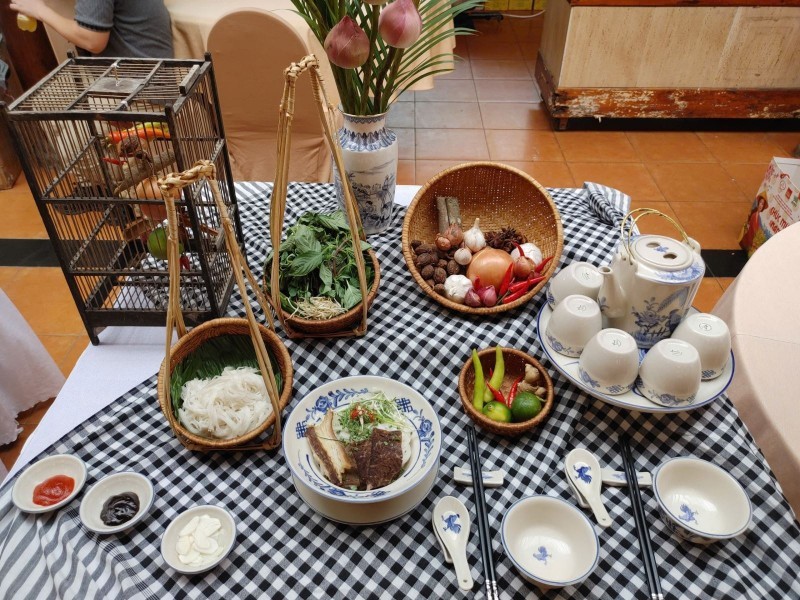 Travel
Travel
“Vietnam Pho Festival 2025” Kicks Off in Singapore
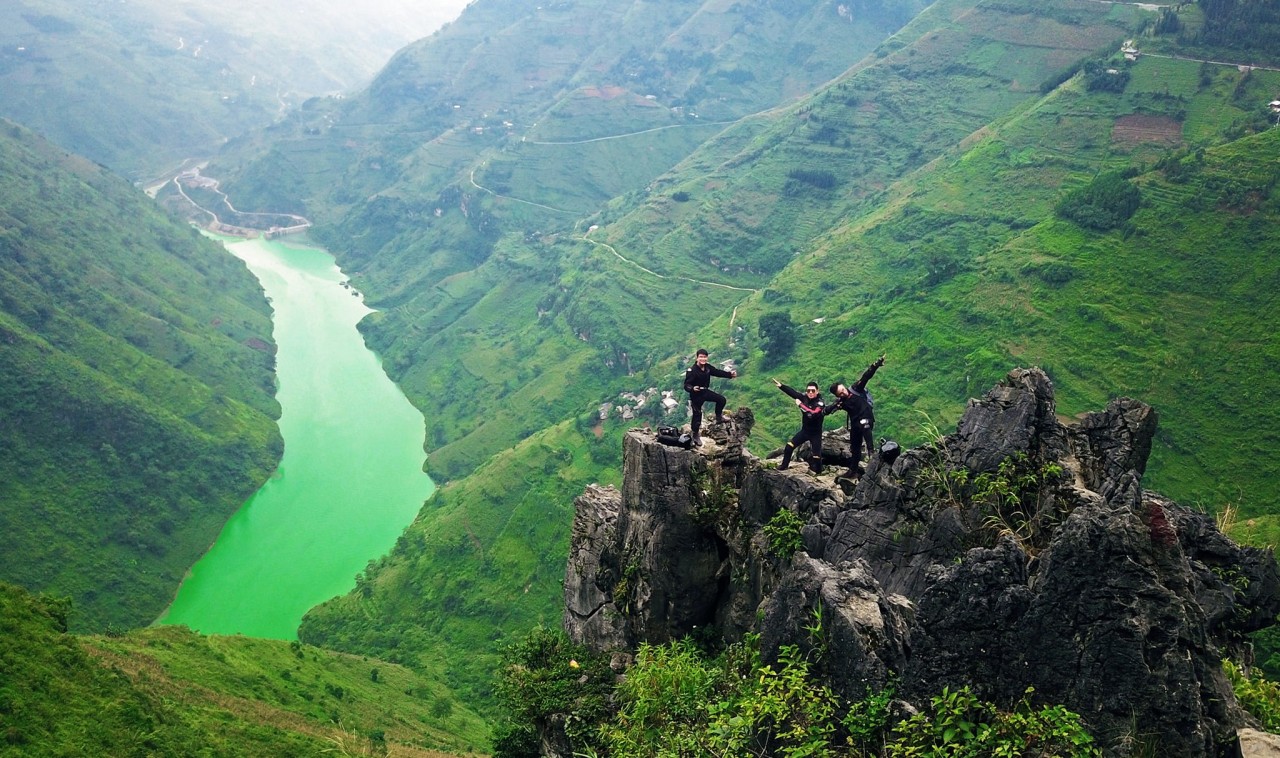 Travel
Travel
Vietnam Shines with Dual Wins at the 2025 Readers’ Choice Awards
 Travel
Travel


